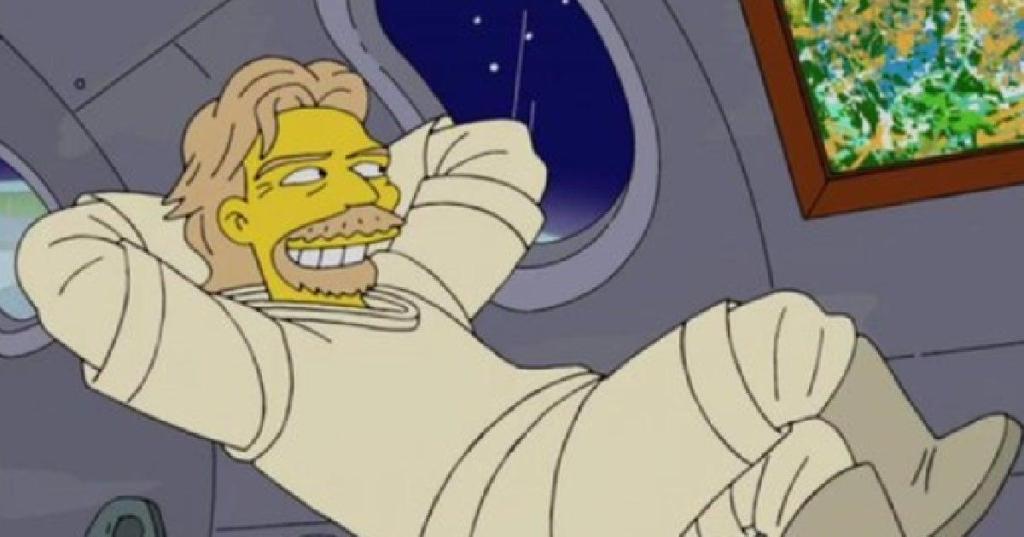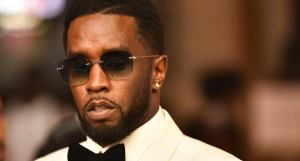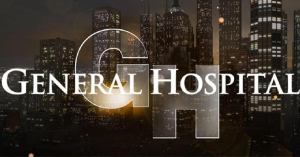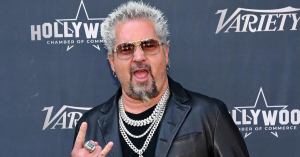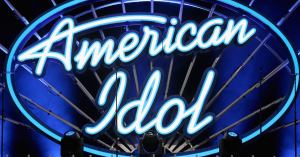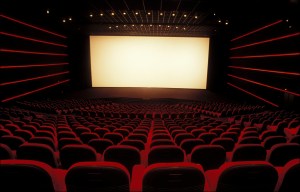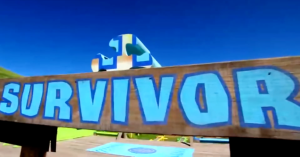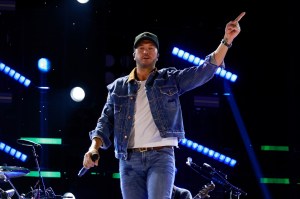Over the course of 32 seasons, The Simpsons have developed a slightly unsettling reputation for predicting the future. In the latest bit of incredible foresight, fans have noticed that in episode 15 of season 25, which aired on March 23, 2014, The Simpsons predicted that billionaire Richard Branson would go to space. In the episode titled “The War of Art,” art forger Klaus Ziegler (Max von Sydow) tells Lisa Simpson (Yeardley Smith) that his forgeries “give pleasure to people all over the world.” The show then cuts to various people who have acquired Ziegler’s art forgeries, including Branson, seen in space with one of the paintings on his spaceship’s wall.
The Simpsons have predicted several things over the years, including the 2003 Siegfried and Roy tiger attack, Disney purchasing 20th Century Fox, and Donald Trump’s presidency. However, people on Twitter pointed out that Virgin Galactic has been working towards space travel since 2004, so this wasn’t exactly “Nostradamus.”
Videos by PopCulture.com
How can The Simpsons show predict every Damn thing? 😯 pic.twitter.com/9wt3uSbiFh
— Aditya Kondawar (@aditya_kondawar) July 12, 2021
Branson was the victor in the billionaire space race against Amazon founder Jeff Bezos on July 11 when he went to space with the launch of Virgin Galactic’s first full crewed flight, marking a new era of space tourism and cementing Branson’s place in history as the first person to ride into space aboard a rocket he helped fund. After years of planning, Branson boarded the VSS Unity, Virgin’s twin-fuselage carrier jet, Virgin’s twin-fuselage carrier jet alongside his five other crewmates – Virgin astronaut trainer Beth Moses, flight engineer Colin Bennett, the company’s vice president of government relations, Sirisha Bandla, and pilots David Mackay and Michael Masucci. According to CBS News, with some 500 people watching the history-making flight, the spaceship launched Branson and the others into history at 8:40 a.m. local time.
As the ship climbed to about 45,000 feet, Unity was released above the New Mexico desert, the spacecraft accelerating to about three times the speed of sound before shutting down. Unity eventually lifted the crew to an altitude of 53.5 miles, or three-and-a-half miles above what NASA and the FAA consider the “boundary” of space, giving those aboard the craft a view of Earth as they experienced weightlessness. “To all you kids down there, I was once a child with a dream looking up to the stars. Now I’m an adult, in a spaceship with lots of other wonderful adults, looking down to our beautiful, beautiful Earth,” Branson said. “To the next generation of dreamers: If we can do this, just imagine what you can do!”
Branson’s 59-minute trip to space came just nine days before Amazon CEO Jeff Bezos’ planned flight into orbit. On July 20, Bezos, his brother Mark, and several others are set to board the New Shepard, a suborbital rocket system developed by his aerospace company Blue Origin. The flight will launch from western Texas and take passengers on an 11-minute flight above the Kármán Line, “the internationally recognized boundary of space.”

